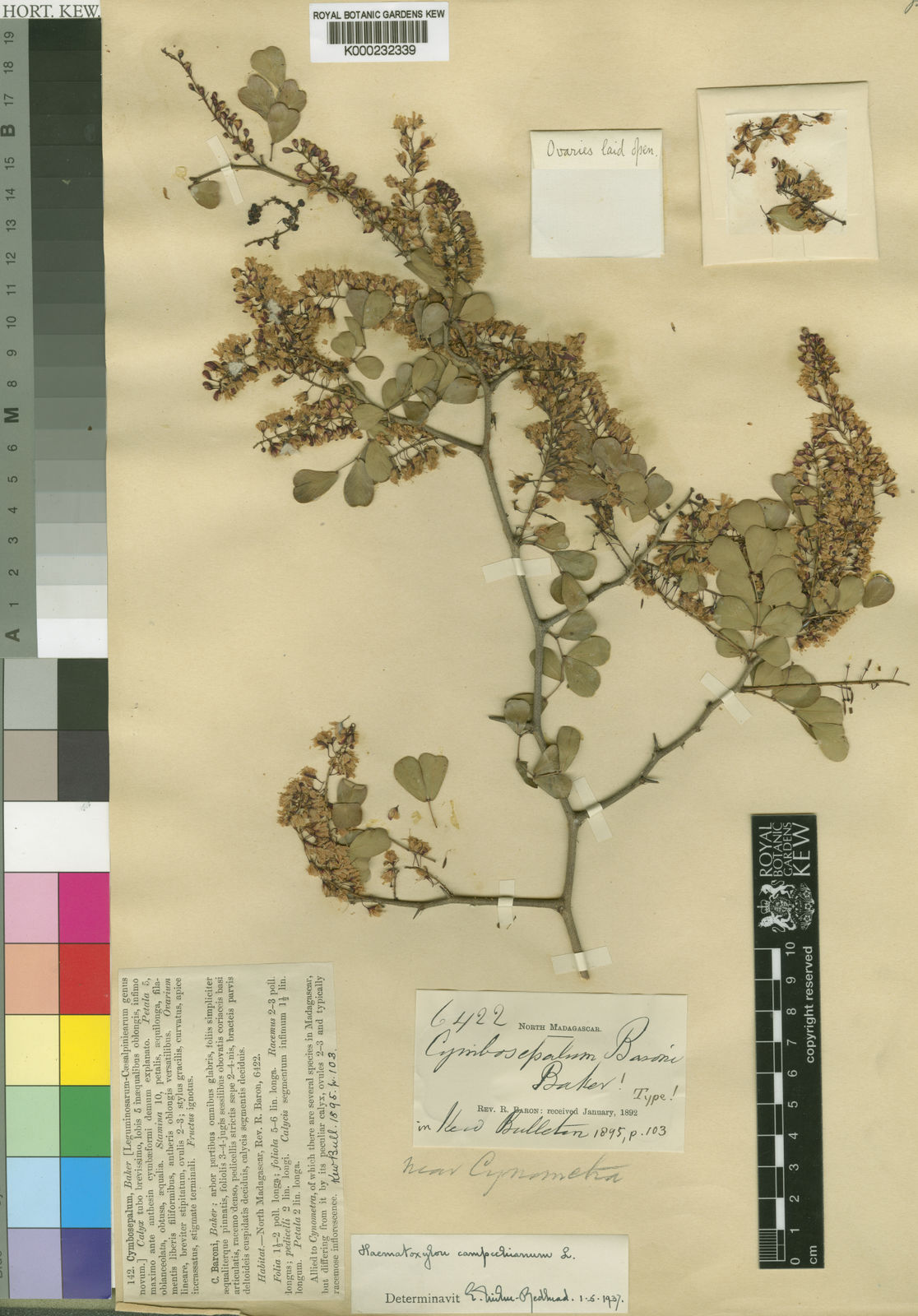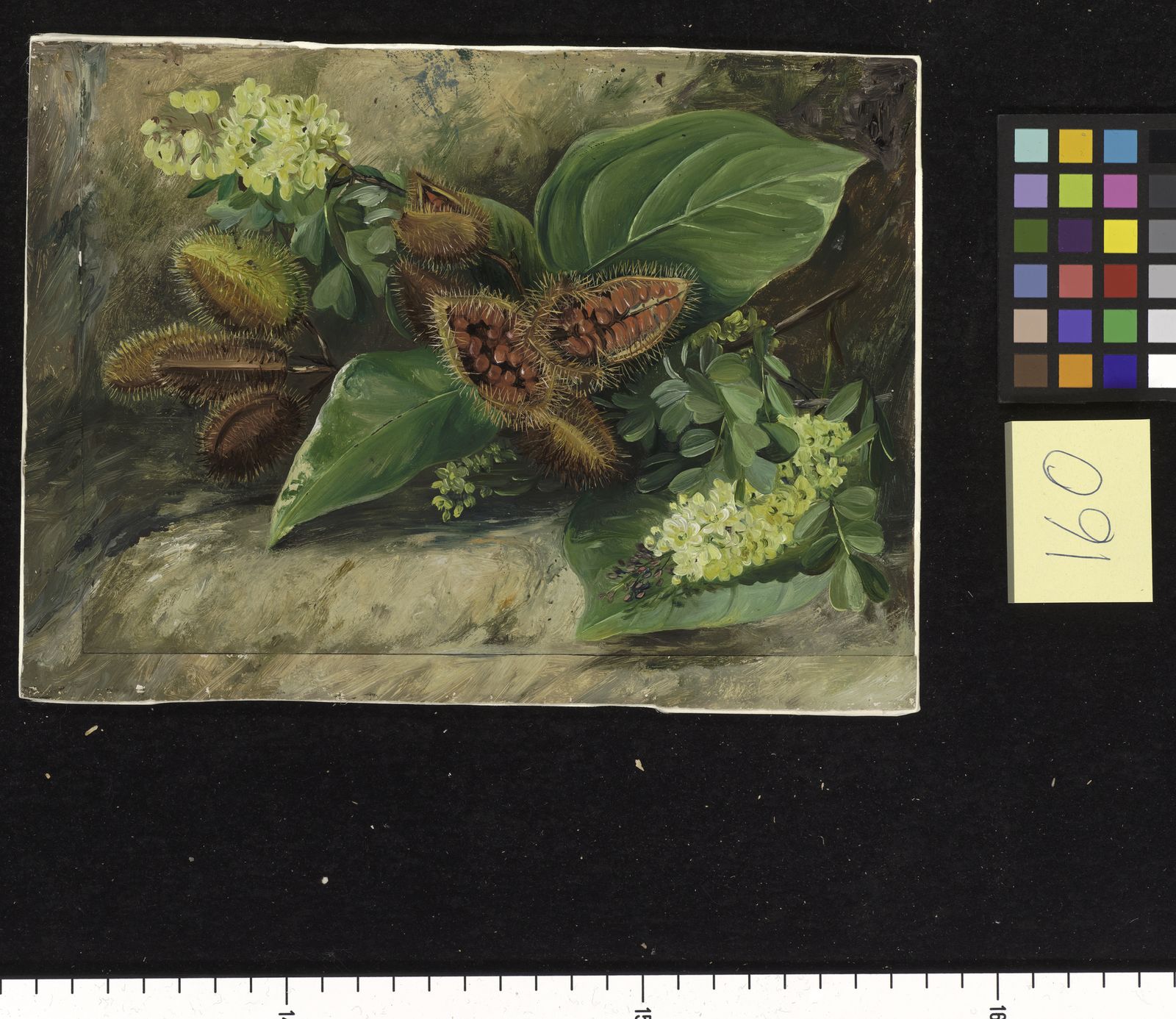Logwood
haematoxylum campechianum
Also known as: ["Campeachy wood","Blackwood"]
Overview
A small tree native to Central America and the Caribbean, valued for its heartwood which yields a natural dye.
Benefits & Perks
["drought tolerant","aesthetic foliage","rare/collector’s item"]
Botanical Classification
| Phylum: | Magnoliophyta |
| Class: | Magnoliopsida |
| Order: | Fabales |
| Family: | Fabaceae |
| Genus: | Haematoxylum |
| Botanical Name: | Haematoxylum campechianum |
Plant Characteristics
Basic Information
- Category: Trees
- Suitable Location: outdoor garden in warm, dry climates; can be container-grown in cooler regions
- Suitable For:
- Is Weed: No
- Allergenicity: low
Environmental Needs
- Climate: {"temperatureRange":"15–35°C"}
- Hardiness: {"zones":"9–11"}
- Misting: rarely required, only if ambient humidity is very low
- Drainage: Fast-draining to prevent waterlogging.
- Soil Type: Well-draining, slightly acidic soil; a mix of cactus soil and regular potting mix works well.
Maintenance Level
- Maintenance Level: moderate
- Toughness Level: moderate
- Pruning Frequency: Annually or as needed to control size and shape; light pruning can be done anytime.
- Pruning Intensity: Moderate; remove up to one-third of the plant if necessary to rejuvenate growth.
Care Details
Ideal Sunlight Coverage:
Full sun to partial shade; 6–8 hours of direct sunlight daily, with some protection from intense midday sun in hotter climates.
Sunlight Tolerance Tips:
Acclimate gradually if moving from shade to sun; protect from scorching by providing afternoon shade; adjust placement based on indoor/outdoor conditions.
Care Requirements
Care Difficulty
moderatemoderate
Sunlight
full sun to partial shade
Rotate plant for even growth; provide shade during peak summer heat; monitor for sunburn signs.
Watering
every 7–10 days, allowing soil to dry between waterings
Water thoroughly until it drains from the bottom, allow soil to dry between waterings, avoid overwatering especially in winter.
Soil
well-draining, sandy loam with moderate organic content
pH: Slightly acidic to neutral, pH 6.0–7.0.
Ensure pots have drainage holes; avoid heavy clay soils; test pH if issues arise.
Temperature
Thrives in warm conditions, 65–85°F (18–29°C); tolerates brief periods of cooler temperatures but prefers stable warmth.
Avoid sudden temperature changes; protect from frost; maintain consistent warmth for best growth.
Fertilizing
every 2 months during growing season with balanced fertilizer
Fertilize only when actively growing; flush soil occasionally to prevent salt buildup; use a balanced formula for overall health.
Propagation
Methods
Stem cuttings or seeds; stem cuttings are more common for home growers.
Step-by-Step Propagation Guide
- Take a 4–6 inch cutting, remove lower leaves, apply rooting hormone, plant in medium, keep moist and warm.
Best Time: Spring or early summer when the plant is actively growing.
Environment
Warm, humid environment with indirect light; maintain temperatures around 70–75°F (21–24°C).
Medium
Well-draining mix of perlite and peat moss or cactus mix.
Hormone
Rooting hormone is recommended to improve success rates.
Timeline
Roots may develop in 4–8 weeks; new growth may take several months.
Tools Needed
Pruning shears, rooting hormone, small pots, well-draining medium.
Quick Tips
Use healthy, non-flowering stems; keep consistently moist but not waterlogged; provide bottom heat if possible.
Pruning & Repotting
Pruning Guide
Method
Use clean cuts just above a leaf node or branch junction; avoid leaving stubs.
Pruning Plan
Prune to maintain shape, encourage bushier growth, and remove dead or diseased wood.
Tools
Pruning shears, sterilizing solution, gloves.
Checklist
Sterilize tools, prune dead/damaged wood, shape as desired, clean up debris.
Repotting Guide
Best Season
Spring, before the active growing season begins.
Pot Size
Increase pot size by 2–3 inches in diameter; ensure good drainage.
Method
Remove plant gently, trim roots if crowded, place in a slightly larger pot with fresh soil, water lightly.
Suggestions
Repot every 2–3 years or when roots fill the pot; beneficial for growth and health.
Checklist
Check root bound status, prepare new pot, trim roots if needed, use fresh soil, water lightly.
Advanced Care Tips
Watering Mastery
Watering Checklist
Check soil moisture, water thoroughly, ensure drainage, adjust for season.
How to Apply Water Properly
Water directly at the root zone, ensure water penetrates deeply to reach the root ball, allow excess water to drain completely, water in the morning to reduce evaporation and fungal risk.
Watering Schedule Tips
Water deeply once the top inch of soil is dry; reduce frequency in winter to prevent root rot.
Soil Improvement
Add perlite or coarse sand for drainage; incorporate organic matter like compost for fertility.
Temperature Stress Management
Signs of Temperature Issues
Leaf drop, yellowing, stunted growth, or wilting in response to extreme cold or heat.
Cold Stress
Low temperatures slow growth, cause leaf drop, and may lead to root damage if prolonged.
Solution: Move to a warmer location, protect from drafts, use a heat mat if necessary, avoid overwatering in cold conditions.
Hot Stress
Excessive heat can cause leaf scorch, wilting, and reduced flowering if not accompanied by adequate water.
Solution: Provide shade during peak heat, increase watering frequency, ensure good air circulation, mist leaves in extreme heat.
Fertilizing Guide
Fertilizing Checklist
Check growth phase, dilute fertilizer, apply to moist soil, avoid winter feeding.
Fertilizing Method
Use a balanced, water-soluble fertilizer diluted to half strength every 4–6 weeks during the growing season (spring and summer); avoid fertilizing in winter.
Common Problems & Solutions
Toxicity Warning
Cats
ToxicCats are particularly sensitive to the toxic compounds in Haematoxylum campechianum. Ingestion of the seeds or bark can result in severe gastrointestinal irritation and potential systemic toxicity due to the plant's chemical constituents.
⚠️ Symptoms:
🌿 Toxic Parts:
⚡ Toxic If:
if ingested
Dogs
ToxicIn dogs, ingestion of Haematoxylum campechianum, particularly the seeds and bark, can lead to significant toxicity due to the presence of tannins and other irritants. These compounds can cause severe gastrointestinal upset and, in rare cases, more systemic effects.
⚠️ Symptoms:
🌿 Toxic Parts:
⚡ Toxic If:
if ingested
Humans
Slightly ToxicHaematoxylum campechianum, commonly known as logwood, contains compounds that can cause mild gastrointestinal distress when ingested. The seeds and bark are the primary toxic parts, containing tannins and other secondary metabolites that may irritate the digestive tract.
⚠️ Symptoms:
🌿 Toxic Parts:
⚡ Toxic If:
if ingested
Frequently Asked Questions
Q: What is Haematoxylum campechianum used for?
A: It is primarily used for its heartwood, which produces a natural dye used historically for textiles and in modern times for laboratory staining.
Q: Is Logwood toxic to pets?
A: Reliable data on pet toxicity is unavailable; caution is advised.
Q: How does Logwood grow?
A: It thrives in tropical and subtropical climates, preferring well-drained soil and full sun.
Quick Reference
| Family: | Fabaceae |
| Care: | moderate |
| Light: | full sun to partial shade |
| Water: | every 7–10 days, allowing so |
Get Expert Care Tips
Download the Plantious app for personalized care reminders and plant identification!
Google Play App Store







